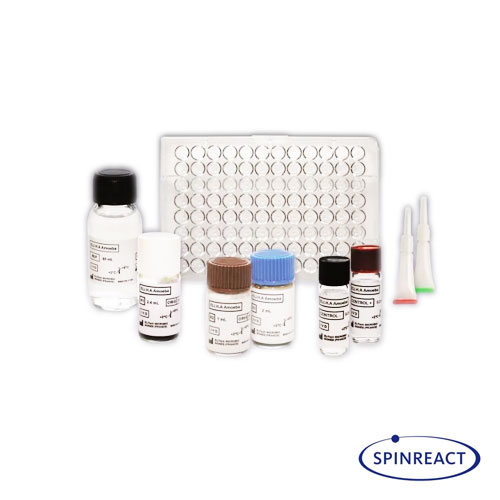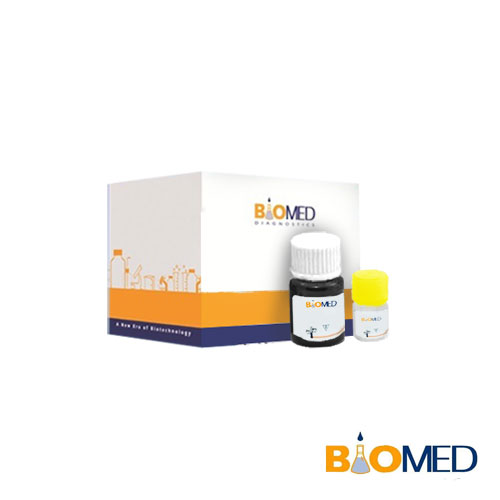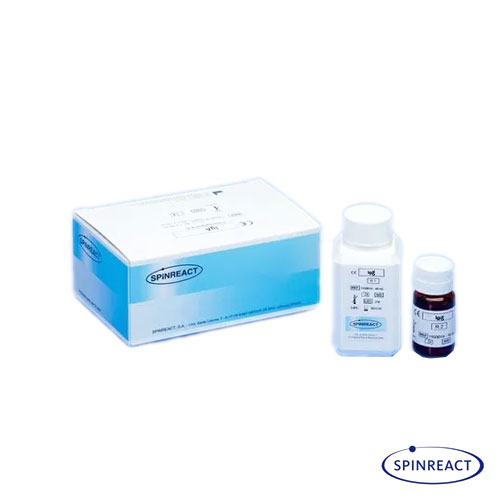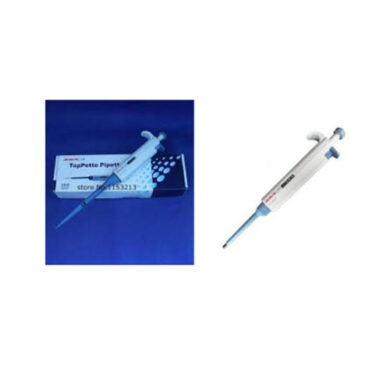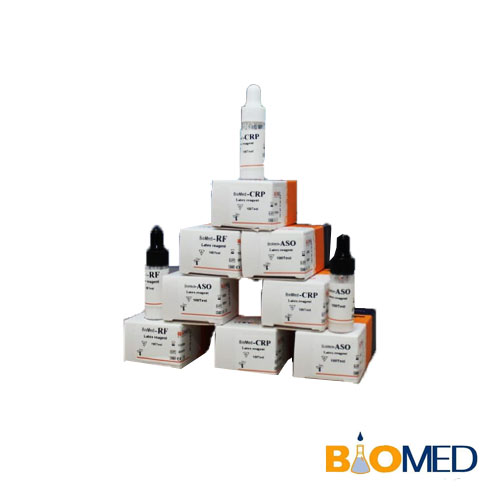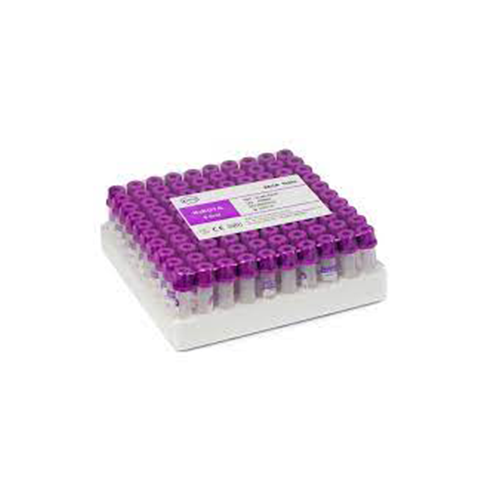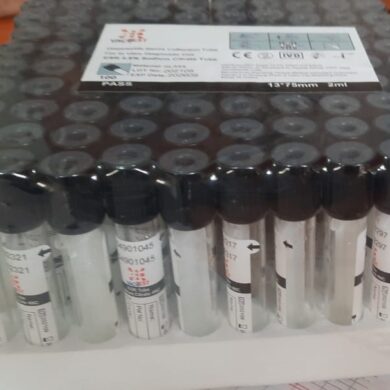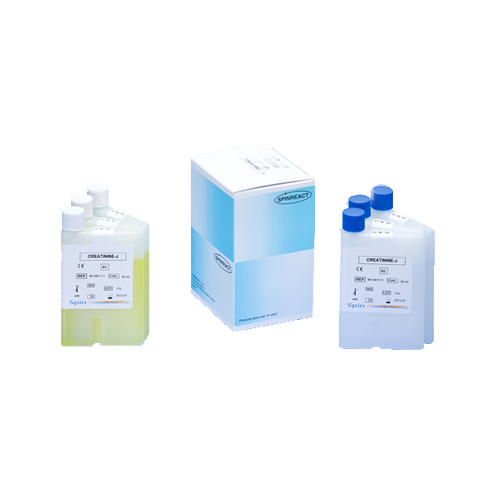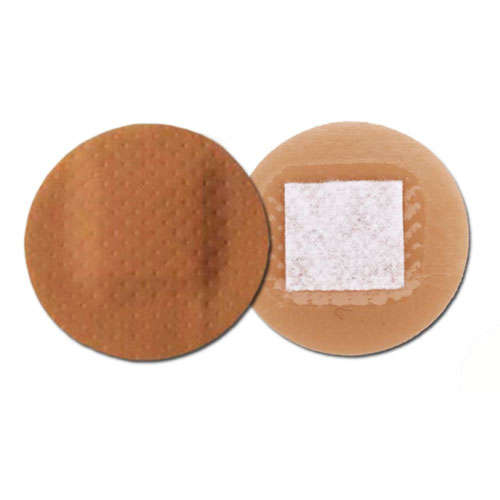- Empty cart.
- Continue Shopping
Order 500 EGP or more to qualify for FREE Shipping

35 EGP
Add to cartمزارع دم كبار Chem Tech Blood Culture Test
Sold by:
ONE LAB LINK
35 EGP
Blood culture adult Chem Tech
Aerobic & An-aerobic
Order before 16 hours 54 Minutes 51 Seconds

Categories: Blood culture, Disposables & Consumables, Laboratory
Tag: Blood culture
Buy 500 EGP worth products more to get free shipping - Continue shopping
What Is a Blood Culture Test?
- Fever or chills
- Fatigue
- Peeing less often than normal
- Nausea
- Confusion
- Faster heart rate or breathing
If your infection is more severe, you might have:
- Inflammation in different areas of your body
- Small blood clots forming in your small blood vessels
- A serious drop in your blood pressure
- Organ failure
What Happens During the Test?
A nurse or a phlebotomist (a medical technician who takes blood) will clean your skin and insert a thin needle into your vein to draw your blood. The process will be repeated using another vein to get the most accurate results.
In a lab, your blood samples will get mixed with a special material called a culture. It helps bacteria or yeast grow if they are already in your blood.
You may be able to get early results within 24 hours of your blood tests. But you might need to wait 48 to 72 hours to learn what kind of yeast or bacteria is causing your infection. You might need other tests, too.
You may be able to get early results within 24 hours of your blood tests. But you might need to wait 48 to 72 hours to learn what kind of yeast or bacteria is causing your infection. You might need other tests, too.
What Do the Results Mean?
Your doctor may talk about “positive” and “negative” results. If you get a “positive” result on your blood culture test, it usually means there are bacteria or yeast in your blood. “Negative” means there’s no sign of them.
If two or more of your blood cultures come back positive for the same type of bacteria or fungi, it’s likely that that’s the type of bacteria or yeast that’s causing your infection. An infection in your blood is serious. You’ll need immediate treatment, probably in a hospital.
What If My Results Are Positive and Negative?
If My Results Are Negative, Why Do I Have Symptoms?
There are a few reasons. Some types of bacteria and yeast are hard to grow in a culture, so you might need to get a special kind of culture.
Also, these cultures can’t detect viruses. So if you have a viral infection, you may need other tests.



